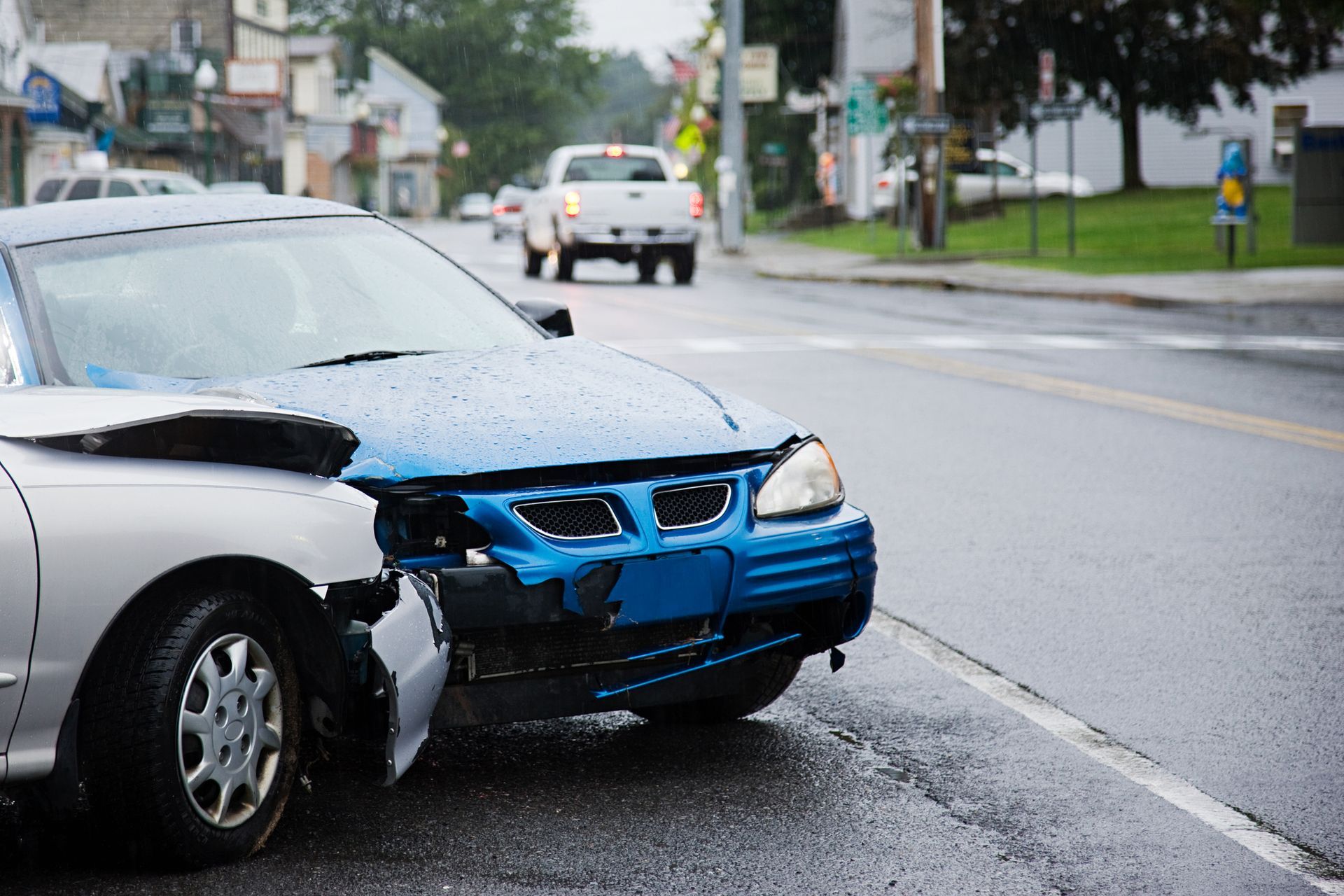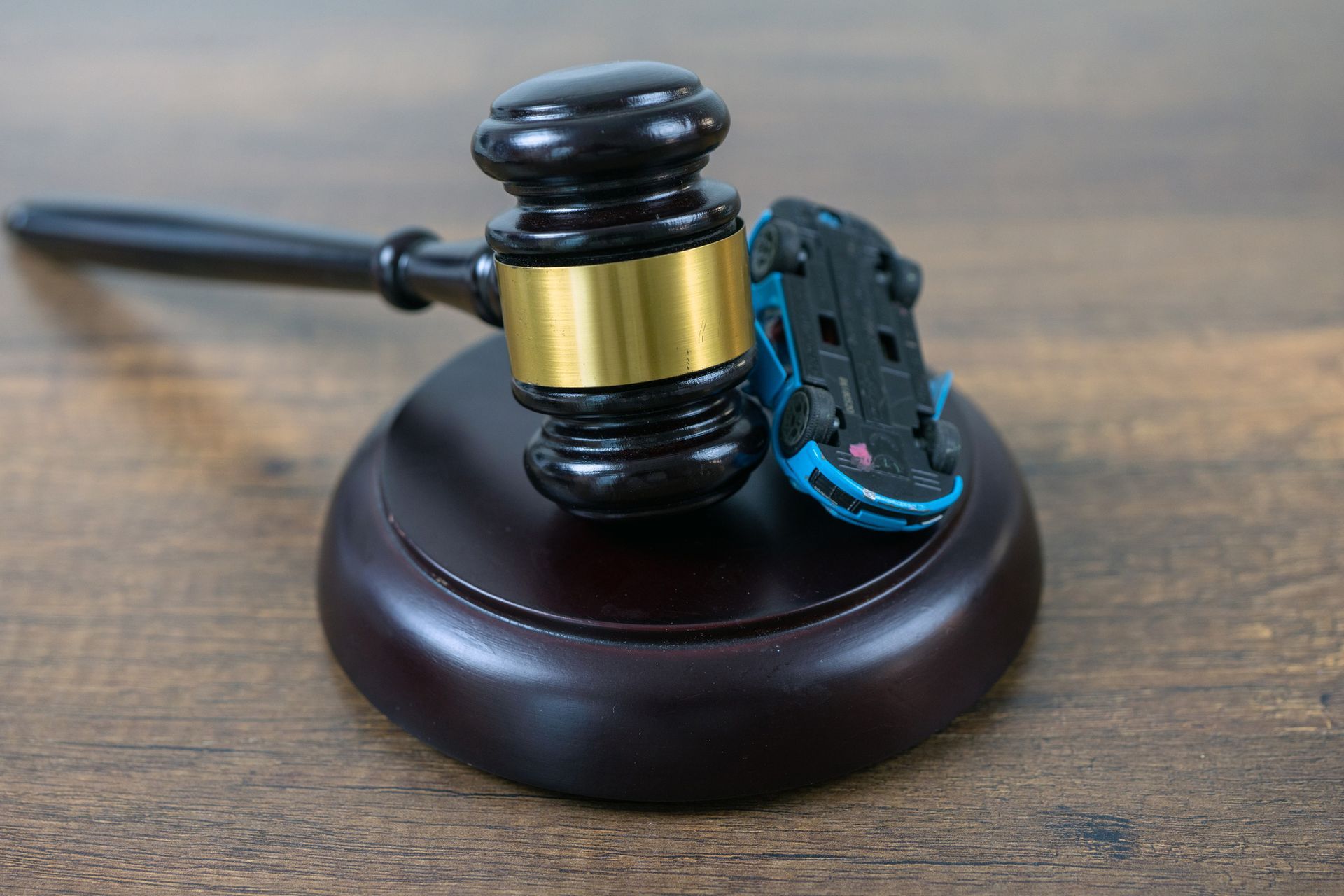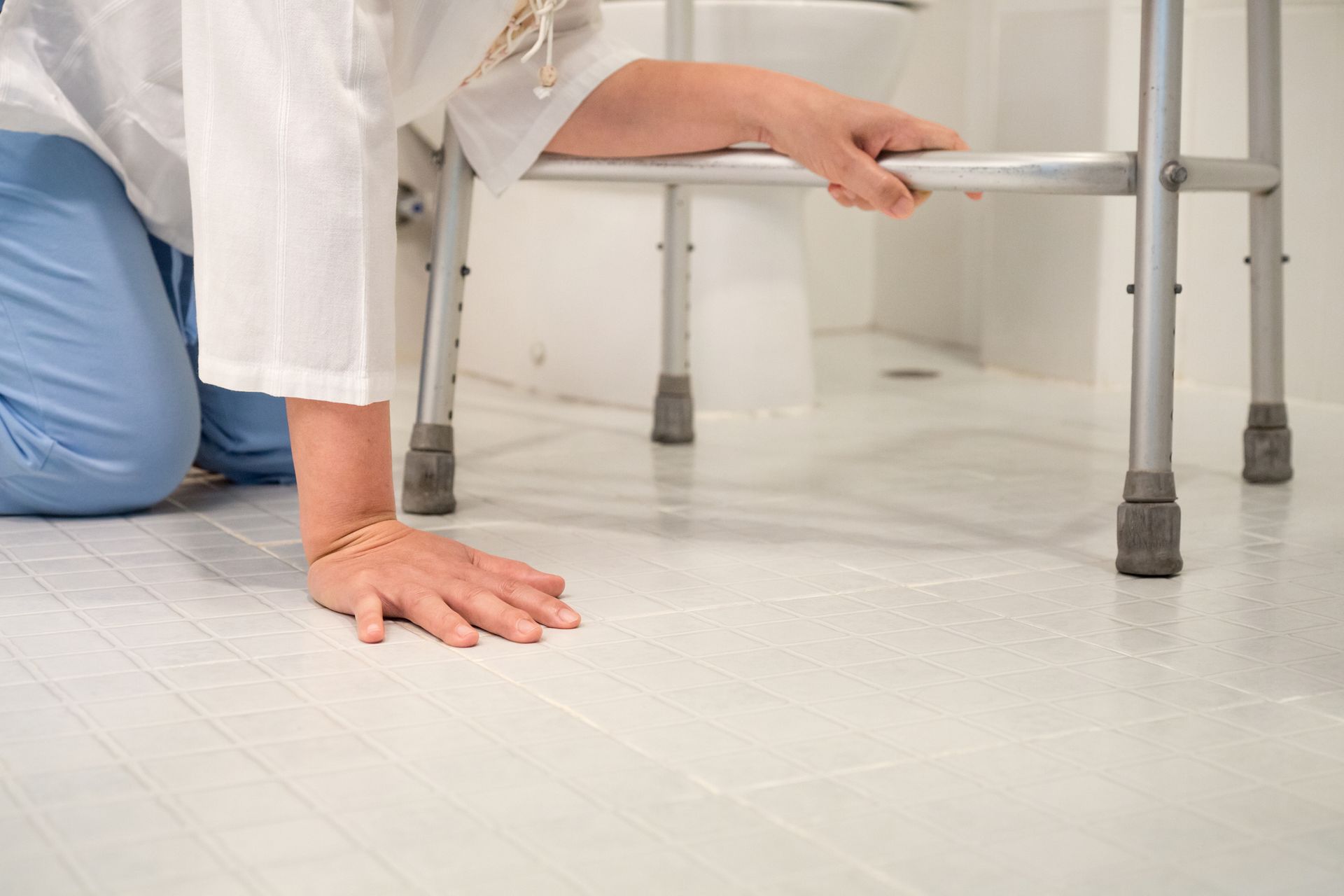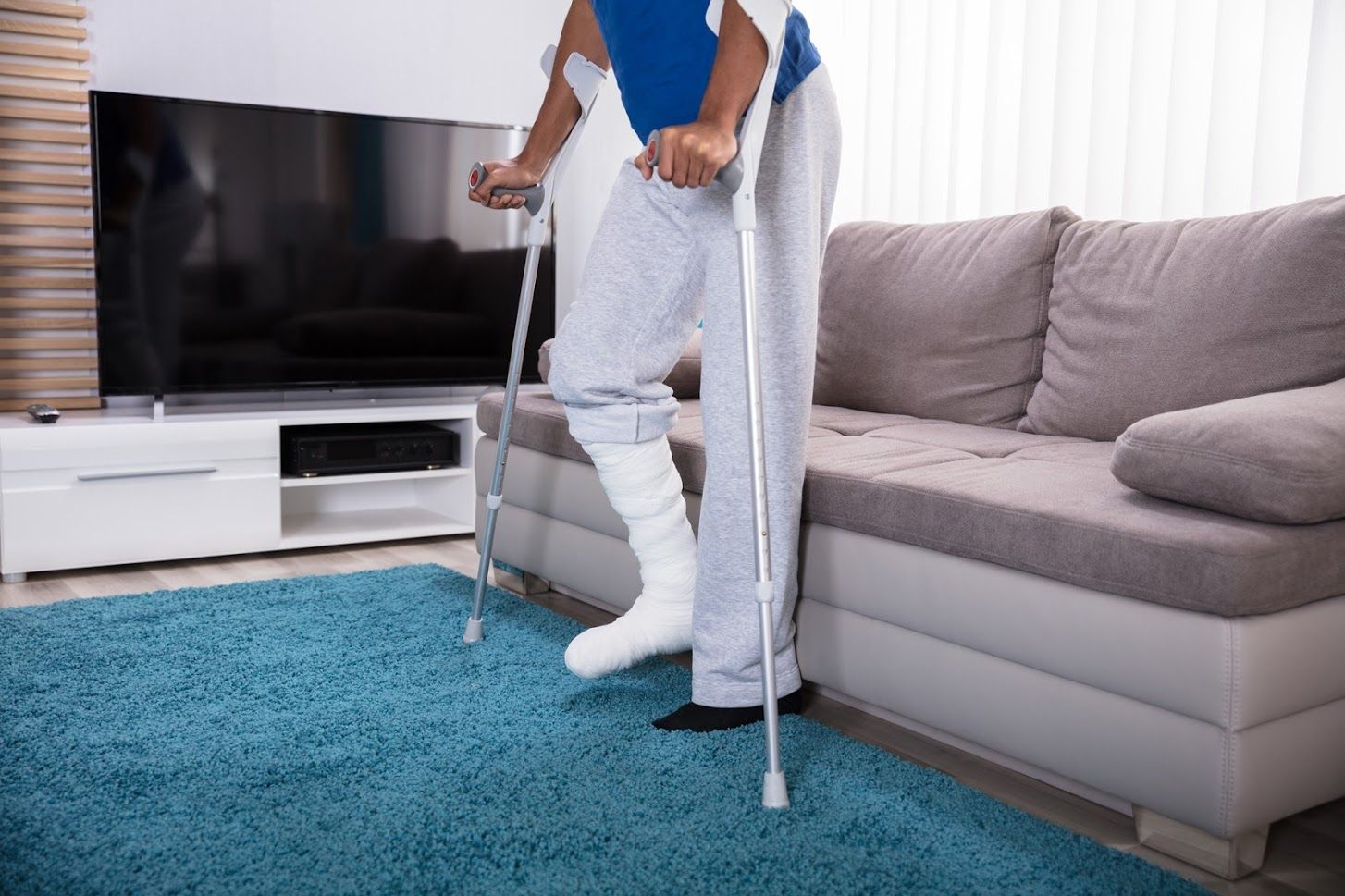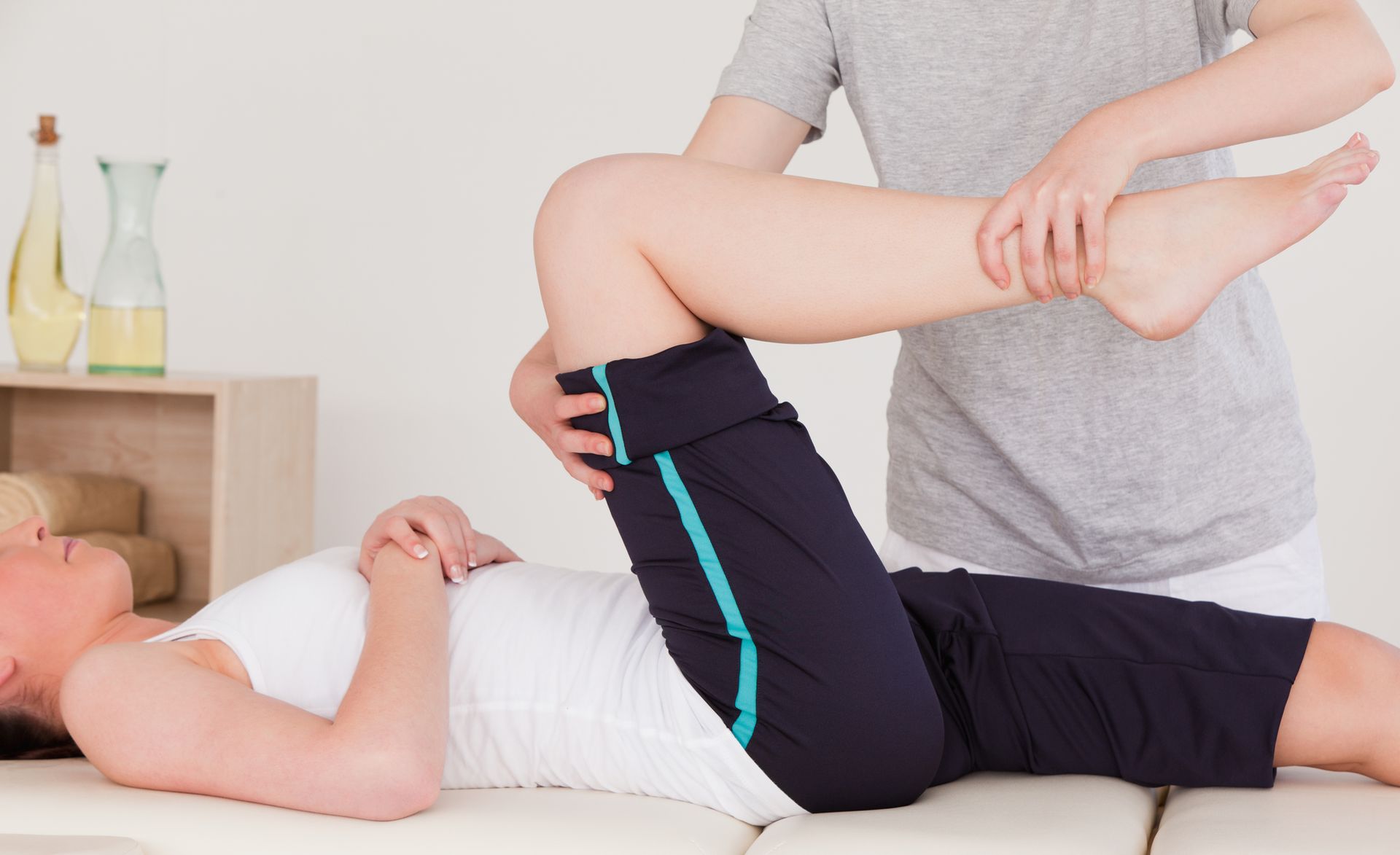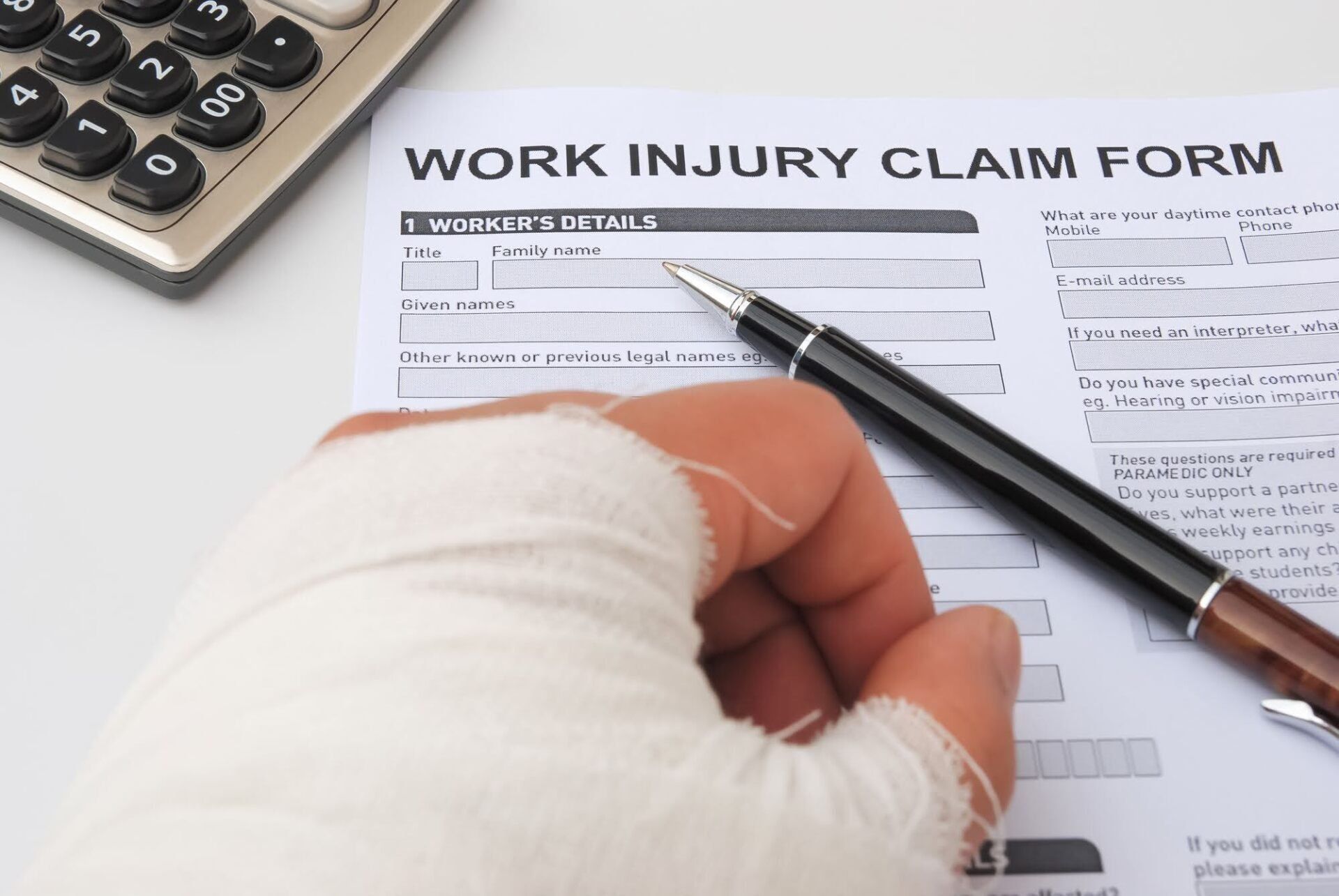Common Wrist Injuries After Slip and Fall Accidents
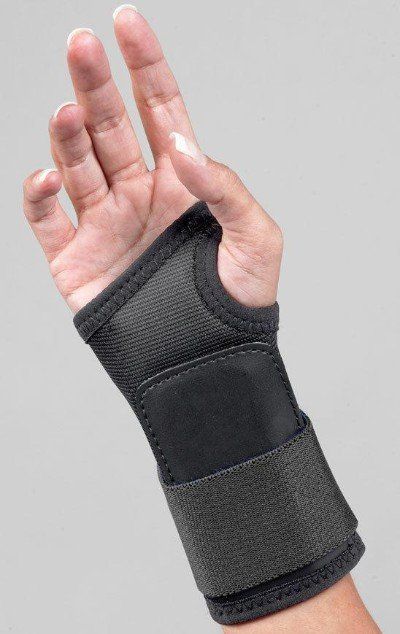
The normal reaction when you feel yourself falling is to reach out with your hand to stop yourself. Unfortunately, this reflexive action typically leads to falling onto your outstretched hand, which is referred to as a FOOSH (fall on outstretched hand) injury.
The wrist is a complex part of your body. If you've suffered a FOOSH injury at your workplace, you may miss work and even require special medical attention. Below are some of the most common wrist injuries from slip and fall accidents.
Wrist Sprain
A FOOSH injury can result in a sprained wrist. The wrist probably hyperextended when you hit the ground. This twisting caused the ligaments that support the tiny wristbones to stretch beyond their limits. Sometimes the ligaments even tear.
Wrist sprains come in three grades, ranging from mild to severe. The severity depends on whether the ligaments are torn. The symptoms of a sprained wrist are similar to a sprained ankle — swelling, bruising, and tenderness. You may feel popping or tearing inside the joint, which likely means the tendon has torn.
With mild and moderate sprains, icing the wrist and using a compression bandage to reduce the swelling is usually enough. You may also need to wear a wrist brace for a while, and your doctor might recommend some stretching. In severe cases, you may need surgery to reattach the ligament to the bone.
Avulsion Fracture
A particularly severe case of a wrist sprain can result in an avulsion fracture. In this case, the force of the hyperextension causes the tendon to separate with such violence that the tendon takes a chip of the bone with it.
Symptoms of an avulsion fracture include those for a sprained wrist, but the effects are more intense. You'll feel sharp pain in the wrist, and movement of the joint will be very limited. You'll probably feel instability in the area and, perhaps, even a loss of function.
Luckily, avulsion fractures usually heal on their own without surgical intervention. Typically, immobilizing the wrist will be sufficient. Your doctor may suggest exercises that help strengthen the surrounding muscles and improve your range of motion.
Scaphoid Fracture
The most common fracture from a FOOSH injury is of the scaphoid bone, which is a small, boat-shaped bone located near your thumb. The scaphoid is responsible for motion and stability in the wrist.
With a scaphoid fracture, the pain and swelling will be localized to the area just below your thumb. If the fracture is mild, you may mistake it for a sprain. However, the symptoms can persist long after the injury occurs. The most common treatment for a scaphoid fracture is wearing a cast for several weeks. If you have displaced bones, you may need surgery.
For severe scaphoid fractures, you could have a large list of restrictions even after the fracture heals. These restrictions may limit your capability at work.
Thumb Sprain
Even if your slip and fall doesn't result in a fracture, the accident will still likely impact the area around the thumb. In this case, the ulnar collateral ligament, which is specific to the thumb, can hyperextend or even tear. You'll feel pain and swelling as well as a loss of mobility in your thumb.
Treatment for a thumb sprain is the same as for a wrist sprain. However, attend well to the sprain in case it does turn out to be a scaphoid fracture. Indeed, if you at all suspect a break, have your doctor do an X-ray.
If you suffer a FOOSH injury from a slip and fall at work, take careful note of all required treatments as well as time off and work restrictions. You may be eligible for workers' compensation. Contact the Law Offices of David A. Helfand, P.A. , for more information about your case.
CONTACT US
We will get back to you as soon as possible
Please try again later
CONTACT US
We will get back to you as soon as possible
Please try again later
Office Hours:
- Mon - Fri
- -
- Sat - Sun
- Closed

